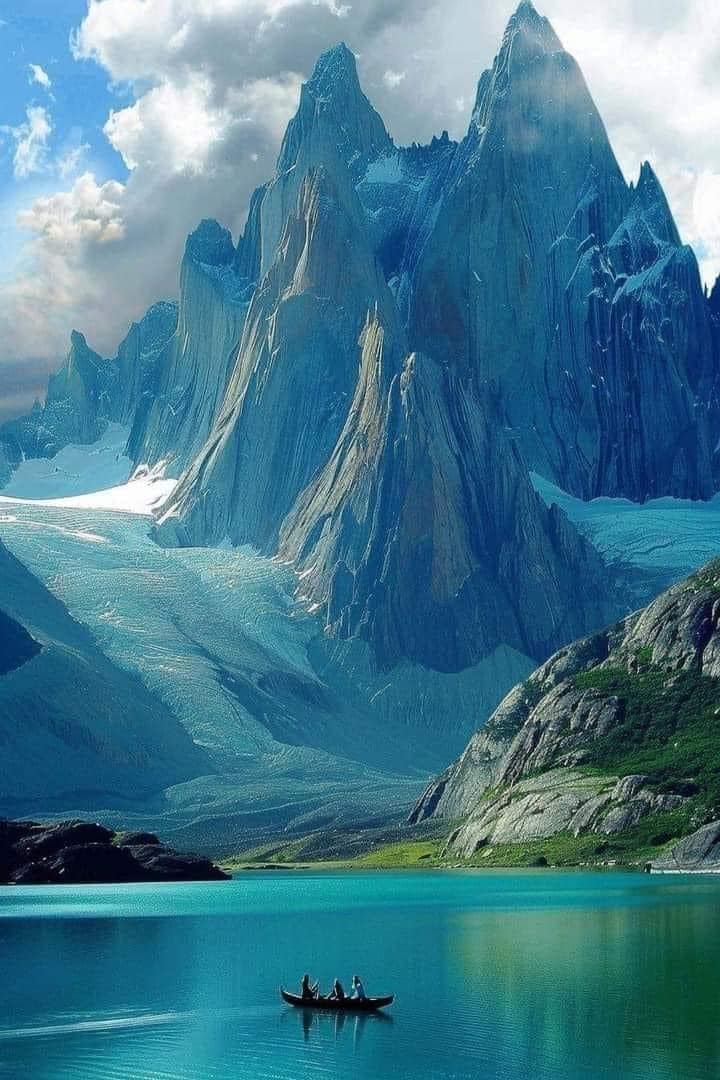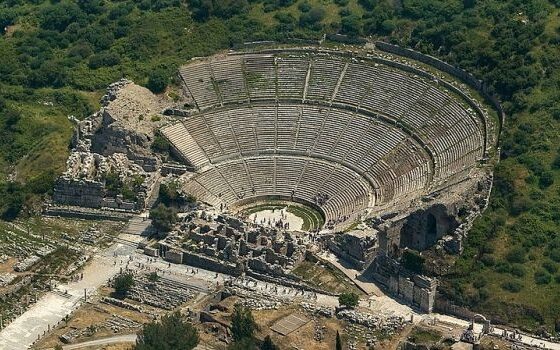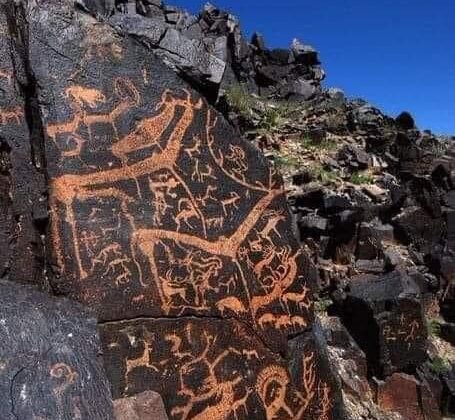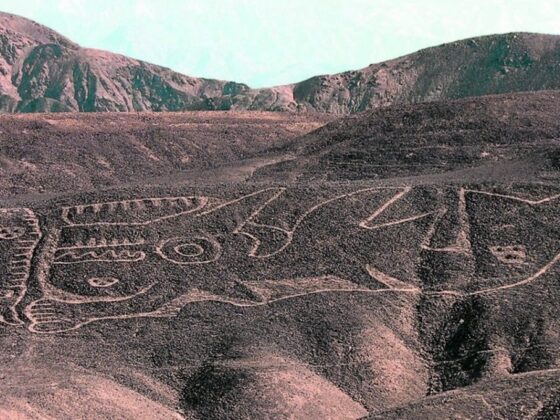Introduction to Patagonia
Patagonia, a breathtaking region at the southern end of South America, is a land of stunning contrasts and natural beauty, shared by both Chile and Argentina. The Chilean side of Patagonia is particularly renowned for its dramatic landscapes, which include towering mountains, lush forests, glacial fjords, and pristine lakes. It stretches over a vast area, offering an array of outdoor adventures and a deep connection to nature.
Geographical Wonders
Chilean Patagonia is characterized by its diverse geography, which includes the majestic Andes Mountains that run along the eastern border. To the west, you’ll find fjords and temperate rainforests that create a unique ecosystem rich in biodiversity. The region is home to numerous national parks, including the iconic Torres del Paine National Park, famous for its granite peaks and vibrant wildlife.
Torres del Paine National Park
One of the crown jewels of Patagonia, Torres del Paine National Park attracts adventurers from around the globe. The park features a variety of hiking trails, including the famous W Trek and the more challenging O Circuit. Hikers can experience stunning views of glaciers, turquoise lakes, and unique rock formations while encountering diverse wildlife such as guanacos, foxes, and even elusive pumas.
Aysén Region: Untamed Wilderness
The Aysén region is less frequented by tourists, offering a sense of untouched wilderness. Here, you can explore the Carretera Austral—a scenic highway that winds through breathtaking landscapes. This area is perfect for those seeking adventure off the beaten path, with opportunities for trekking, kayaking in glacial lakes, and fishing in pristine rivers.
Cultural Richness
Patagonia is not just about its natural beauty; it also boasts a rich cultural heritage. The region is home to indigenous Mapuche communities who have lived in harmony with the land for centuries. Their traditions and stories add depth to the cultural tapestry of Patagonia. Additionally, European settlers—particularly from Germany and Wales—have influenced local culture through agriculture and community life.
Adventure Awaits
For thrill-seekers, Patagonia offers an array of activities year-round. In winter, skiing and snowboarding on the region’s snow-covered volcanoes provide exhilarating experiences. During warmer months, activities such as horseback riding through expansive landscapes or navigating the fjords by kayak allow visitors to immerse themselves in nature.
Wildlife Encounters
Patagonia is a haven for wildlife enthusiasts. The region’s varied ecosystems support a wide range of species. Birdwatchers can spot condors soaring overhead while marine life enthusiasts may encounter seals and sea lions along the coastlines. The chance to see endangered species like the Andean deer (huemul) or the Patagonian fox makes every visit special.
Conclusion: A Journey Like No Other
Visiting Chilean Patagonia is more than just a trip; it’s an opportunity to connect with nature in its purest form. The region’s awe-inspiring landscapes and rich cultural heritage create an unforgettable experience that resonates long after you leave. Whether you’re trekking through national parks or simply soaking in the stunning views, Patagonia invites you to explore its wonders and discover the magic of this remarkable corner of the world.










